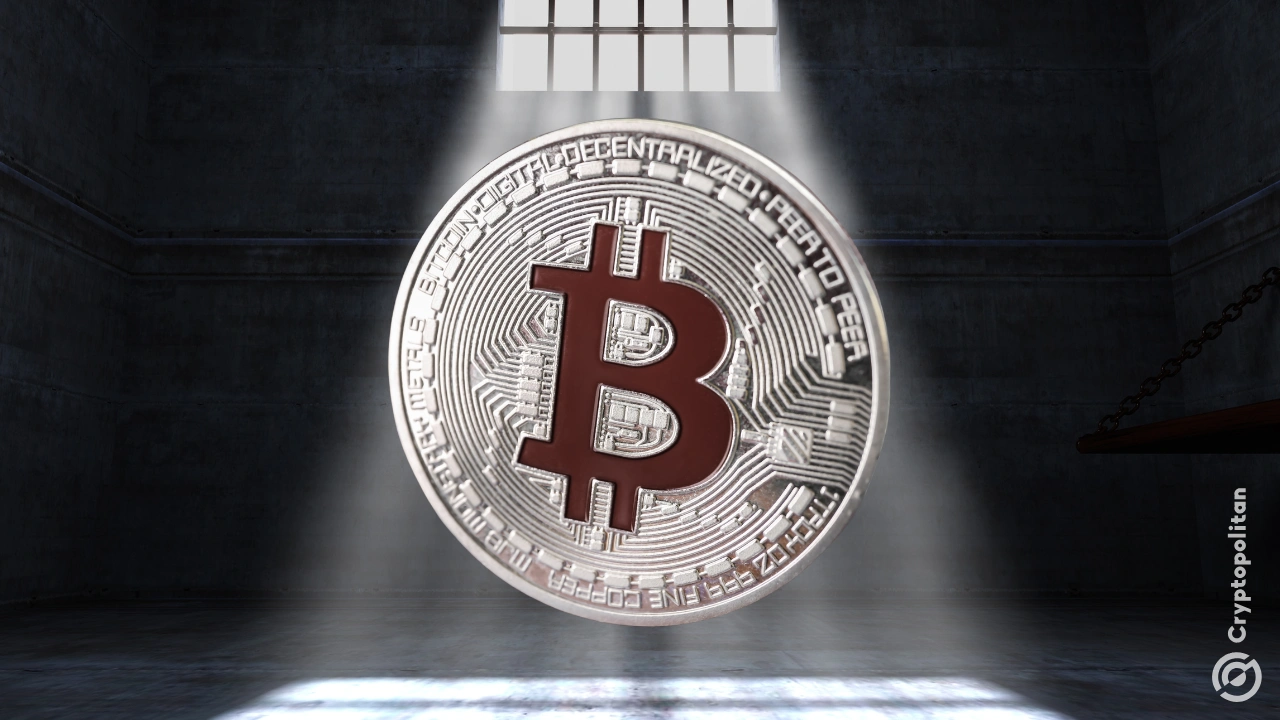 CaryptosHeadlines Media Has Launched Its Native Token CHT.
Airdrop Is Live For Everyone, Claim Instant 5000 CHT Tokens Worth Of $50 USDT.
Join the Airdrop at the official website,
CryptosHeadlinesToken.com
CaryptosHeadlines Media Has Launched Its Native Token CHT.
Airdrop Is Live For Everyone, Claim Instant 5000 CHT Tokens Worth Of $50 USDT.
Join the Airdrop at the official website,
CryptosHeadlinesToken.com
In a major development, American technology company Ripple Labs Inc. has opted for its payment technology over SWIFT’s.
Ripple Labs claims its technology moves money faster and at lower costs, unlike SWIFT’s slower, more expensive system.
Since settling its SEC case, Ripple has expanded in the U.S., signing more banks in weeks than in the past few months.
CEO Brad Garlinghouse says Ripple can process transactions in minutes instead of days.
Drawing on its positioning, if more banks switch to its network, XRP could become a more prominent player in international finance.
Ripple and Competition with SWIFT
Ripple Labs has long positioned itself as a disruptor in the digital payments ecosystem.
Meanwhile, SWIFT, which has operated for over 50 years, remains the dominant player in cross-border payments.
Despite many critics’ opinions that the latter’s technology has slow processing times and high costs, it remains the most used payment network by banks.
Independent report indicates that transactions on SWIFT can take several days, often requiring multiple intermediaries and expensive fees.
Ripple, on the other hand, provides a faster alternative using blockchain technology.
Through its on-demand liquidity (ODL) service, Ripple enables near-instant transactions by converting one currency into XRP.
Its model involves transferring the coin across borders and converting it back into the destination currency.
This eliminates the need for pre-funded accounts in foreign banks, reducing costs and increasing efficiency.
In an interview with Fox Business, Ripple Labs CEO Brad Garlinghouse mentioned that the recent legal victory against the SEC has allowed Ripple to onboard more U.S. banks faster.
He revealed that in the six weeks following Donald Trump’s election, Ripple signed up more American banks and payment firms than combined in the previous six months.
According to Garlinghouse, this momentum proves that financial institutions are increasingly seeking alternatives to SWIFT’s outdated system.
The Role of XRP and XRP Ledger in Payments
XRP plays a crucial role in Ripple’s ecosystem. It acts as a bridge currency for cross-border transactions.
The XRP Ledger (XRPL) allows for secure, fast, and low-cost payments, making it an attractive alternative for financial institutions.
Unlike conventional financial institutions, which require liquidity in multiple currencies, XRP makes transactions easy by enabling instant currency swaps.
However, XRP has inherent challenges. Its volatility has raised concerns among financial institutions that are hesitant to rely on a fluctuating asset for settlements.
To address this, Ripple introduced Ripple USD (RLUSD), a stablecoin that complements XRP in transactions.
The token helps provide more stability while maintaining the advantages of blockchain technology.
Can XRP Price Reach New Highs?
If Ripple overtakes SWIFT as the preferred payment network, XRP’s price could grow significantly. This projection hinges on the potential adoption based on the move.
As of this publication, market data shows that XRP’s price was $2.45, with a price correction of 2% in the last 24 hours.
However, reports indicate that the token has been holding steady in its current bullish phase, with analysts noting a key resistance level at $3.
Market experts forecast that a breakout above this level could push the price toward $5, a 105% increase from current levels.
Unfortunately, a drop below the $1.966 support level could invalidate the positive outlook.
Nevertheless, the company believes expanding its market presence might make the token more stable and appealing to investors.












